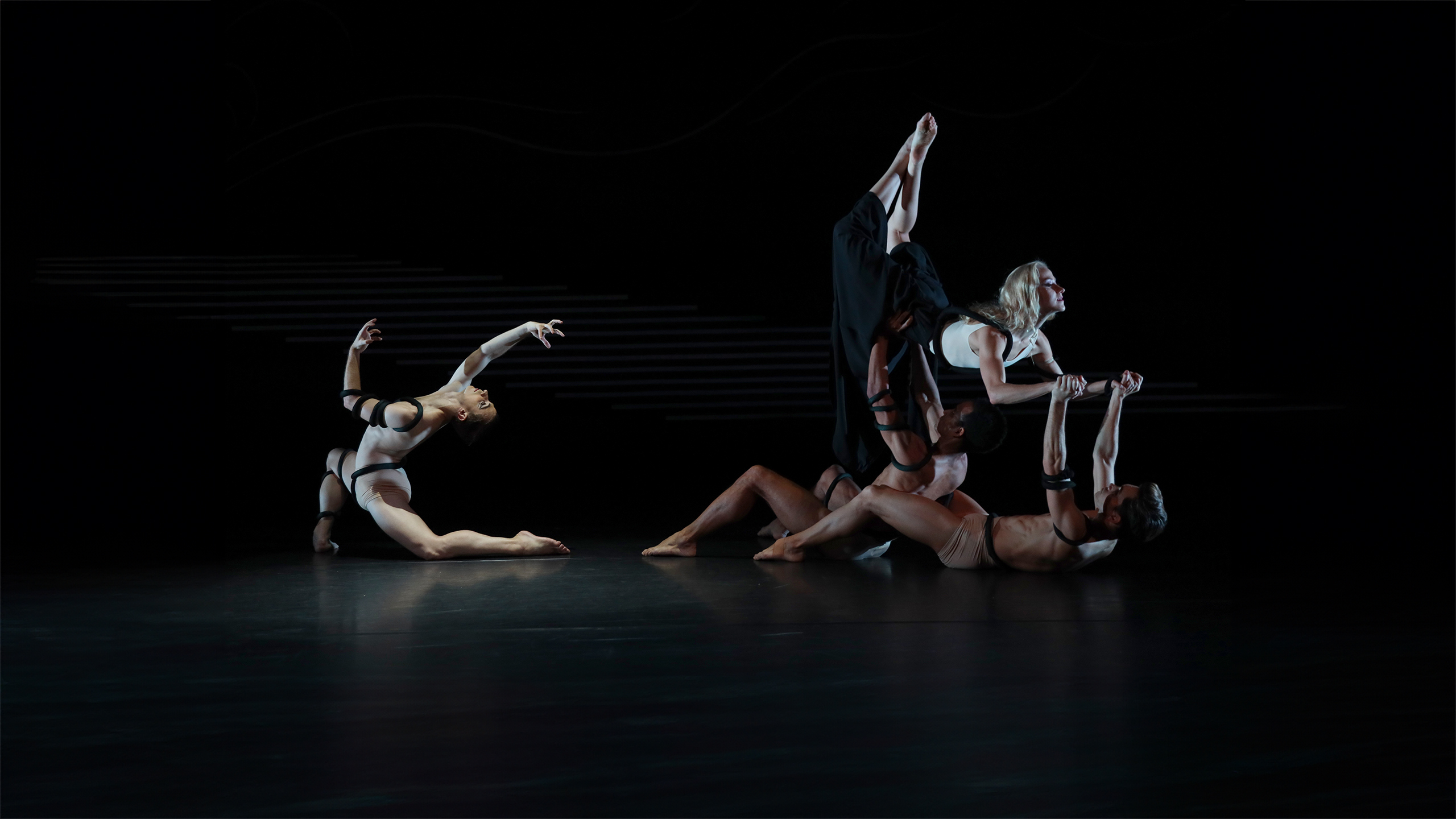Dante Sonata
Sir Frederick Ashton
Premiered January 23, 1940, by Sadler’s Wells Theatre Ballet
Dante Sonata
When the poet paints hell, he paints his life,” wrote Victor Hugo in ‘After a reading of Dante,’ the poem that inspired Franz Liszt to compose his Après une lecture du Dante, Fantasia quasi sonata, the remarkable piano work that became the score for Frederick Ashton’s Dante Sonata. In January 1940, less than four months after the brutal German invasion of Poland started World War II, Ashton’s response was this astonishing work depicting the struggle between the forces of good and evil as exemplified by the Children of Light and the Children of Darkness, a ballet that raises questions without providing answers.
The inspiration for Hugo’s poem, Liszt’s score, and Ashton’s ballet was The Inferno, the first book of The Divine Comedy, depicting Dante’s epic through Hell, Purgatory, and Heaven. Early in The Inferno, the poet hears “strange tongues, horrible outcries, words of pain, voices deep and dark.” It is this world that Ashton evokes as the forces of Light and Darkness struggle as if tossed by a great wind. To create this dark world, Ashton used movements more akin to modern dance than classic ballet, with the dancers barefoot, supported by the costumes and backdrop of Sophie Fedorovitch, his favorite designer, and the powerful arrangement of Liszt’s score for piano and orchestra by Constant Lambert, the Sadler’s Wells’ music director and Ashton’s close collaborator in this and many other works.
To discourage a literal reading of the ballet, a program note stated that the score was intended to represent in musical form Liszt’s reactions after reading Dante’s poem, adding that “The ballet is therefore a freely symbolic reading of the moods and form of the music and, though it represents the warring attitudes of two different groups of equally tortured spirits, it tells no set story.”
Although the ballet became a repertory standard throughout the war, afterward the national mood changed, and it was dropped in 1950 and considered lost. Fifty years later, Dante Sonata finally reemerged, reconstructed by dedicated members of the original cast and Choreographer and Director David Bintley, for the Birmingham Royal Ballet and enabling us to see it now.


